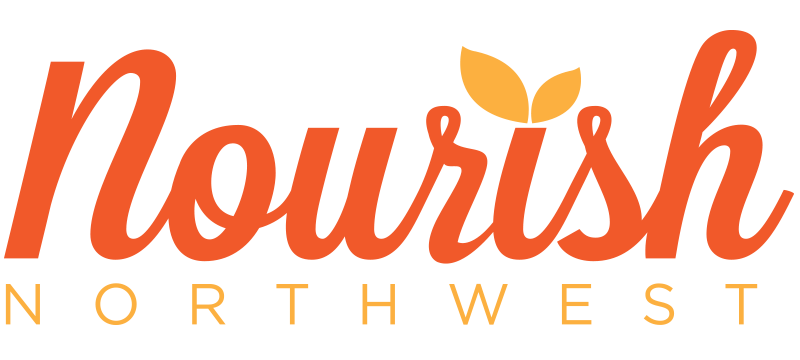Yin Yoga and Finding Peace Through Life’s Madness
Post by Karli Erickson, Certified Yoga Instructor, Nourish Northwest
In this fast-paced world, it’s important for us to find maintained balance through what life constantly throws at us, and as we move through our days and weeks, setting aside time that’s dedicated just for you is an important component in finding that balance. As we all know, it can be a challenge to think about “scheduling in” that time with all our distractions but is oh so necessary for our sanity. Along with the stress that’s paired with our busy schedules, physical and emotional tension manifests in our bodies, and can sometimes cause more stress and even injury. You might be thinking I’m merely stating the obvious, but please consider this a wake-up call for you to take charge of your needs and embrace this essential time for yourself, especially during the even busier holiday season! So, it is my mission to gently nudge you to in the right direction and suggest giving Yin Yoga a shot in your pursuit to nurture your needs.
What’s Yin Yoga, you say?? Well, it is considered a practice that helps counter your active lifestyle, or your active yoga practice. It compliments our busy schedules by presenting more restorative postures that confront the deep tissues and fascial networks in the areas of our body that particularly respond harshly to stress. Yin is a yoga practice that is done all on the mat without any standing poses, and is supported with props to allow the individual to relax into each stretch that releases bound-up tension. An example of these poses is one that translates to most styles of yoga, which is called Child’s Pose, or Balasana. Child’s Pose (pictured below), helps us take a more internal perspective and allows us to surrender to our agendas.
In the yogic philosophy, it is believed that any time you place something on the forehead, it acts as a visualization tool to come back to whatever you’re trying to focus or meditate on, such as the breath, physical sensations, or an intention, which is something that happens in Child’s Pose. This practice allows you to be completely present and supports restoration in the body and mind, finding a stronger connection to your higher self.
Other poses introduced in Yin go much deeper into the tense muscles (hips, neck and shoulders anyone?!), such as Pigeon Pose (pictured below). Pigeon focuses on opening up the deep tissues in the hips and releases the low back.
Acknowledging the fact that there are so many body types out there, each pose can be modified to support the individual’s physical needs by using props or modifying in some capacity, which is something the instructor will help with. Yin Yoga always ends with the most restorative posture called Savasana, which allows the student some time to settle in and soak up the deliciousness provided by the calm practice paired with the breath. Savasana, which translates to Corpse Pose, happens when the student lies on their back and simply focuses on the present moment, noticing the body’s response to each breath in and out–which is something we rarely do consciously, but effects us on much deeper levels. Perhaps give Yin Yoga a chance in your journey of self-care.
Thank you so much for taking the time to read this, and for considering “upping the ante” with your chill time! Your body will thank you, I promise.
Nourish Northwest offers Yin Yoga every Sunday from 5:15-6:15pm, a great way to end your weekend and start your week!






